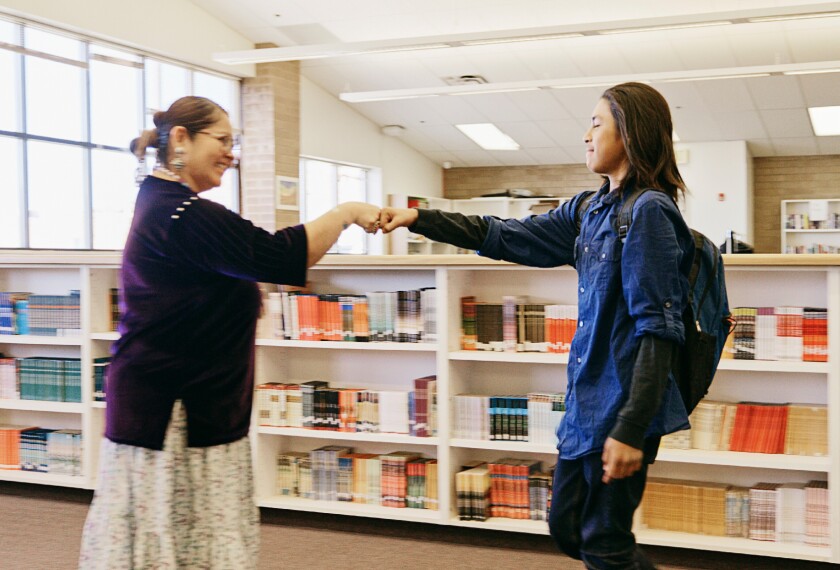American history teacher Joe Welch uses the chatbot technology to lower barriers for students
Categoria: News
What Would Motivate Teens to Work Harder in School? The Chance to Redo Assignments

If you thought being enthusiastic and personable were the best ways to motivate teenagers, then think again.
PROOF POINTS: New research review questions the evidence for special education inclusion
A recent international analysis of all the available research on special education inclusion found inconsistent results. Some children thrived while others did very badly in regular classrooms. Overall, students didn’t benefit academically, psychologically or socially from the practice.
Don’t Ban ChatGPT in Schools. Teach With It
ChatGPT is new but it has already sent many educators into a panic. But the biggest reason not to ban it from the classroom is because today’s students will graduate into a world full of generative A.I. programs. They’ll need to know their way around these tools in order to work alongside them. To be good citizens, they’ll need hands-on experience to understand how this type of A.I. works, what types of bias it contains, and how it can be misused and weaponized

OpenAI’s new chatbot is raising fears of cheating on homework, but its potential as an educational tool outweighs its risks. (the access to the article is by payment)
The end of the high school essay
Artificial intelligence and the future of school
Artificial intelligence (A.I. is the English acronym) is a feature of some software that simulates human thinking processes; in practice, we could define it as a computer system for content creation.
At present, there are already some apps (actually, very expensive) on the web that easily create images or texts based on instructions. For example, if you ask to create a color image with an eighteenth-century king in a yellow toilet, the system returns you just such an image! Leggi tutto “Artificial intelligence and the future of school”
Teachers can’t thrive in a vacuum | The Sun-Sentinel

WEBB — When I arrived at the West Tallahatchie School District for orientation four years ago, I felt I had found my purpose in life.
School dress codes aren’t fair to everyone federal study finds
https://www.edweek.org/leadership/school-dress-codes-arent-fair-to-everyone-federal-study-finds/2022/10
Eramsus award for innovation in kindergarten
Festival of Learning 2022
Sempre interessante il Festival of Learning di Apple EDU!

